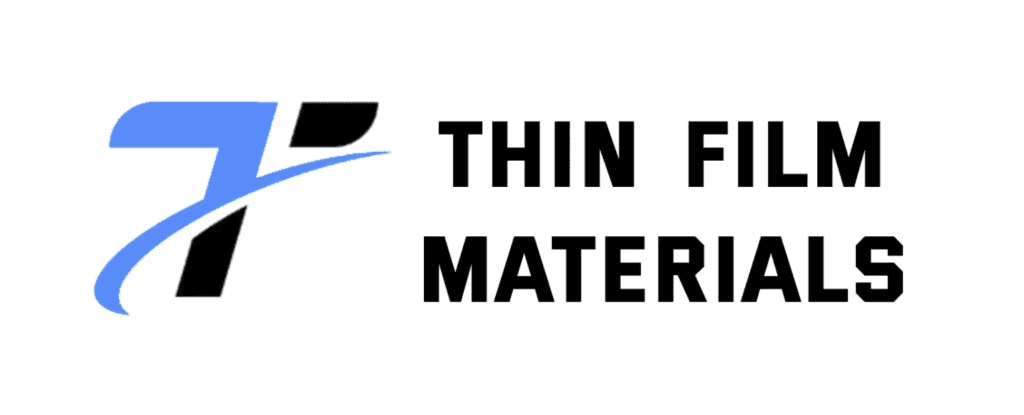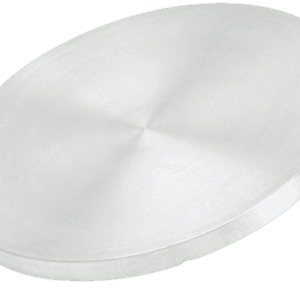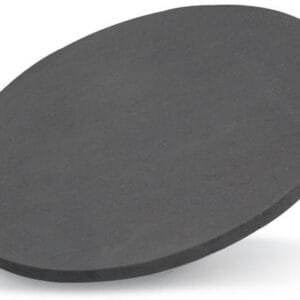Nickel Copper Sputtering Target
Introduction
The Nickel Copper Sputtering Target (Ni-Cu alloy) is a widely used material for thin film deposition in electronics, magnetic storage, optics, and decorative coatings. By combining nickel’s magnetic strength and corrosion resistance with copper’s high electrical and thermal conductivity, the alloy offers a versatile balance of properties for both functional and protective thin films.
Detailed Description
Nickel Copper sputtering targets are produced by methods such as vacuum melting, hot isostatic pressing (HIP), or powder metallurgy, ensuring high density and uniform microstructure. Common alloy ratios include Ni:Cu = 70:30 (Monel-type) or other tailored compositions depending on specific thin film requirements.
Key features:
High Purity (≥99.9%): Ensures defect-free, reliable thin films.
Custom Alloy Composition: Adjustable Ni-Cu ratios to optimize conductivity, corrosion resistance, or magnetic behavior.
Durable Films: Corrosion-resistant coatings, even in harsh marine or chemical environments.
Planar or Rotary Options: Compatible with various magnetron sputtering systems.
Optional Bonding: Copper or titanium backing plates for enhanced thermal management and mechanical stability.
Applications
Nickel Copper sputtering targets are utilized across multiple advanced industries:
Magnetic Storage Media: Thin films for hard disks and memory devices.
Electronics & Microcircuits: Conductive, barrier, and functional thin film layers.
Optical Coatings: Reflective and protective layers for optics and sensors.
Decorative Coatings: Corrosion-resistant metallic finishes for jewelry, watches, and consumer products.
Marine & Aerospace: Protective thin films resistant to seawater and extreme environments.
Research & Development: Thin film studies in magnetics, corrosion resistance, and microelectronics.
Technical Parameters
| Parameter | Typical Value / Range | Importance |
|---|---|---|
| Purity | 99.9% – 99.99% | High purity improves thin film quality |
| Composition | Ni:Cu = 70:30 (customizable) | Alloy ratio defines film conductivity & corrosion resistance |
| Diameter | 25 – 300 mm (customizable) | Fits magnetron sputtering holders |
| Thickness | 3 – 6 mm | Influences deposition rate & uniformity |
| Bonding | Copper / Titanium backing | Enhances heat transfer & structural stability |
Comparison with Related Materials
| Material | Key Advantage | Typical Application |
|---|---|---|
| Nickel Copper (Ni-Cu) | Balanced conductivity & corrosion resistance | Electronics, optics, decorative coatings |
| Pure Nickel (Ni) | Strong magnetic properties | Magnetic storage, sensors |
| Pure Copper (Cu) | Highest electrical conductivity | Electrical interconnects, EMI shielding |
FAQ
| Question | Answer |
|---|---|
| Can the Ni:Cu ratio be customized? | Yes, the alloy composition (e.g., 70:30, 60:40) can be tailored for specific needs. |
| Do I need a bonded target? | For larger-diameter targets, bonding to copper or titanium backing is recommended. |
| How is it packaged? | Vacuum-sealed or argon-filled, with protective foam and export-safe cartons or crates. |
| What is the delivery time? | Standard lead time is 3–4 weeks depending on specifications. |
| Which industries use it most? | Semiconductor, optics, decorative coatings, marine/aerospace, and R&D. |
Packaging
Nickel Copper sputtering targets are vacuum-sealed or argon-protected to prevent oxidation. Each piece is labeled with composition, purity, dimensions, and batch number for traceability. Export-safe cartons or wooden crates ensure secure shipping.
Conclusion
The Nickel Copper Sputtering Target delivers a reliable combination of conductivity, corrosion resistance, and durability, making it ideal for applications in electronics, optics, magnetic storage, and decorative coatings. Its customizable composition and compatibility with various sputtering systems make it a trusted choice for both research and industrial production.
For detailed specifications and a quotation, please contact us at sales@thinfilmmaterials.com.





Reviews
There are no reviews yet.